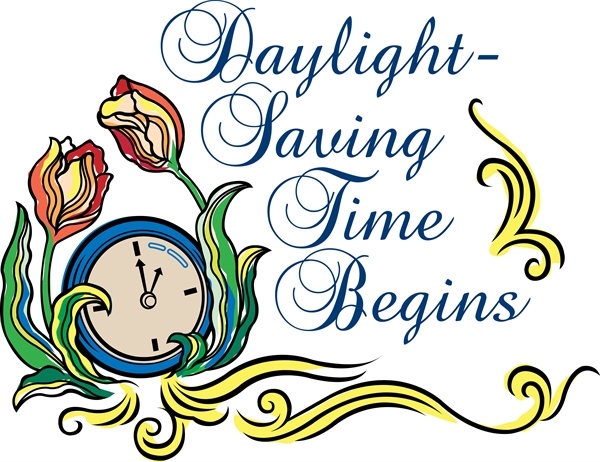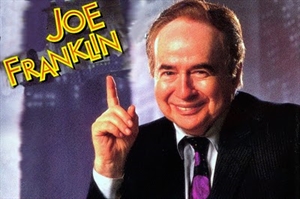Daylight Savings Time Begins 2025 is on Sunday, March 9, 2025: What year did daylight savings time begin?
Sunday, March 9, 2025 is Daylight Savings Time Begins 2025. Trondhjem Lutheran Church Daylight Savings Time Begins

Idea of Daylight Saving Time
The idea of daylight saving was first conceived by Benjamin Franklin (portrait at right) during his sojourn as an American delegate in Paris in 1784, in an essay, "An Economical Project." Read more about Franklin's essay.
Some of Franklin's friends, inventors of a new kind of oil lamp, were so taken by the scheme that they continued corresponding with Franklin even after he returned to America.
The idea was first advocated seriously by London builder William Willett (1857-1915) in the pamphlet, "Waste of Daylight" (1907), that proposed advancing clocks 20 minutes on each of four Sundays in April, and retarding them by the same amount on four Sundays in September. As he was taking an early morning a ride through Petts Wood, near Croydon, Willett was struck by the fact that the blinds of nearby houses were closed, even though the sun was fully risen. When questioned as to why he didn't simply get up an hour earlier, Willett replied with typical British humor, "What?" In his pamphlet "The Waste of Daylight" he wrote:
"Everyone appreciates the long, light evenings. Everyone laments their shortage as Autumn approaches; and everyone has given utterance to regret that the clear, bright light of an early morning during Spring and Summer months is so seldom seen or used."
The History of Time Zones
Standard time the time of a town, region or country that is established by law or general usage as civil time. It is determined locally. The whole of China, one of the largest countries in the world, has decided to adopt a single time zone
The concept of standard time was adopted in the late 19th century in an attempt to end the confusion that was caused by each community's use of its own solar time. Some such standard became increasingly necessary with the development of rapid railway systems and the consequent confusion of schedules that used scores of different local times kept in separate communities. (Local time varies continuously with change in longitude.)
The need for a standard time was felt most particularly in the United States and Canada, where several extensive railway routes passed through places that differed by several hours in local time.
Sir Sandford Fleming, a Canadian railway planner and engineer, outlined a plan for worldwide standard time in the late 1870s. Following this initiative, in 1884 delegates from 27 nations met in Washington, D.C., for the Meridian Conference and agreed on a system basically the same as that now in use.
The present system employs 24 standard meridians of longitude (lines running from the North Pole to the South, at right angles to the Equator) 15º apart, starting with the prime meridian through Greenwich, England. These meridians are theoretically the centres of 24 standard time zones; in practice, the zones have in many cases been subdivided or altered in shape for the convenience of inhabitants.
Time is the same throughout each zone and differs from the international basis of legal and scientific time, Greenwich Mean Time (GMT) or Coordinated Universal Time (UTC), by an integral number of hours; minutes and seconds are the same.
In a few regions, however, the legal time kept is not that of one of the 24 standard time zones because half-hour or quarter-hour differences are in effect there.
Websites
Sir Sandford Fleming: website
Sir Sandford Fleming: website

How are they able to change when daylight savings time begins?
Daylight Savings Time is just a concept of how to measure and record time, not a natural phenomenon. Benjamin Franklin proposed the idea when he was a foreign minster to France, and saw the tremendous waste of laborers and shopkeepers sleeping until late in the morning, then working by candlelight in the late afternoon and early evening hours. The theory is that if people are reluctant to get up at 6am, when the sun is already up, call it 7am and they feel like they're sleeping to a more reasonable hour, and the sun seems to stay up later at night. It's applied during the summer months, when days are longer, so as not to let all that "extra" daylight go to waste. Thus, we are saving the daylight for when we can better use it. It's psychological, not geographical.
Daylight Savings Time has been altered significantly during World War II (it was called War Time), and during the fuel shortages in the 70's.

When does DAYLIGHT SAVINGS TIME begin in the USA?
Starting in 2007, daylight time begins in the United States on the second Sunday in March and ends on the first Sunday in November. On the second Sunday in March, clocks are set ahead one hour at 2:00 a.m. local standard time, which becomes 3:00 a.m. local daylight time. On the first Sunday in November, clocks are set back one hour at 2:00 a.m. local daylight time, which becomes 1:00 a.m. local standard time. These dates were established by Congress in the Energy Policy Act of 2005, Pub. L. no. 109-58, 119 Stat 594 (2005).
Not all places in the U.S. observe daylight time. In particular, Hawaii and most of Arizona do not use it. Indiana adopted its use beginning in 2006.
In 2006, daylight time begins on April 2 and ends on October 29.
In 2007, daylight time begins on March 11 and ends on November 4. [New law goes into effect.]
In 2008, daylight time begins on March 9 and ends on November 2.
In 2009, daylight time begins on March 8 and ends on November 1.
Many other countries observe some form of "summer time", but they do not necessarily change their clocks on the same dates as the U.S.
Daylight time and time zones in the U.S. are defined in the U.S. Code, Title 15, Chapter 6, Subchapter IX - Standard Time.









